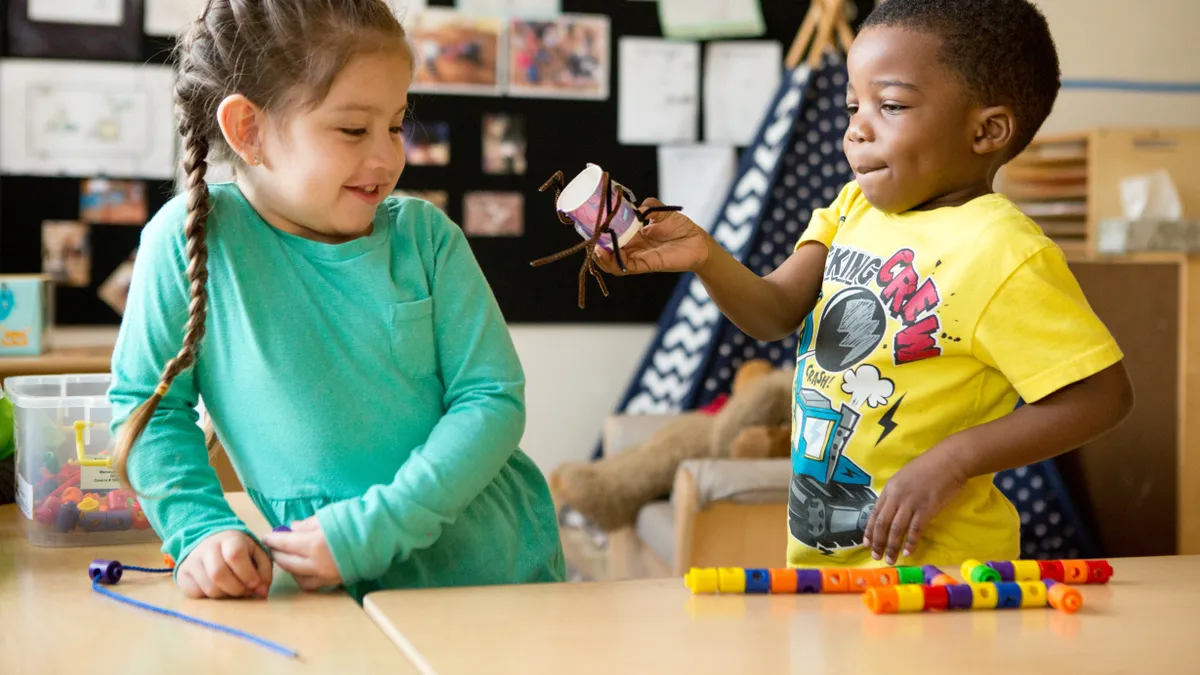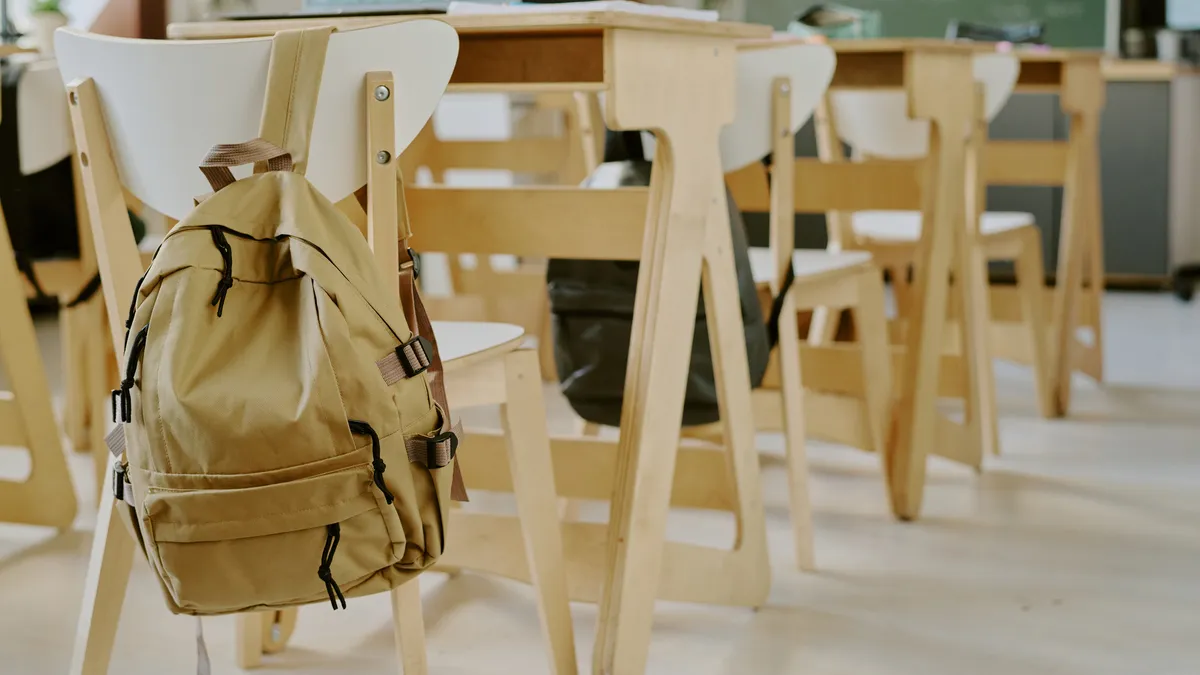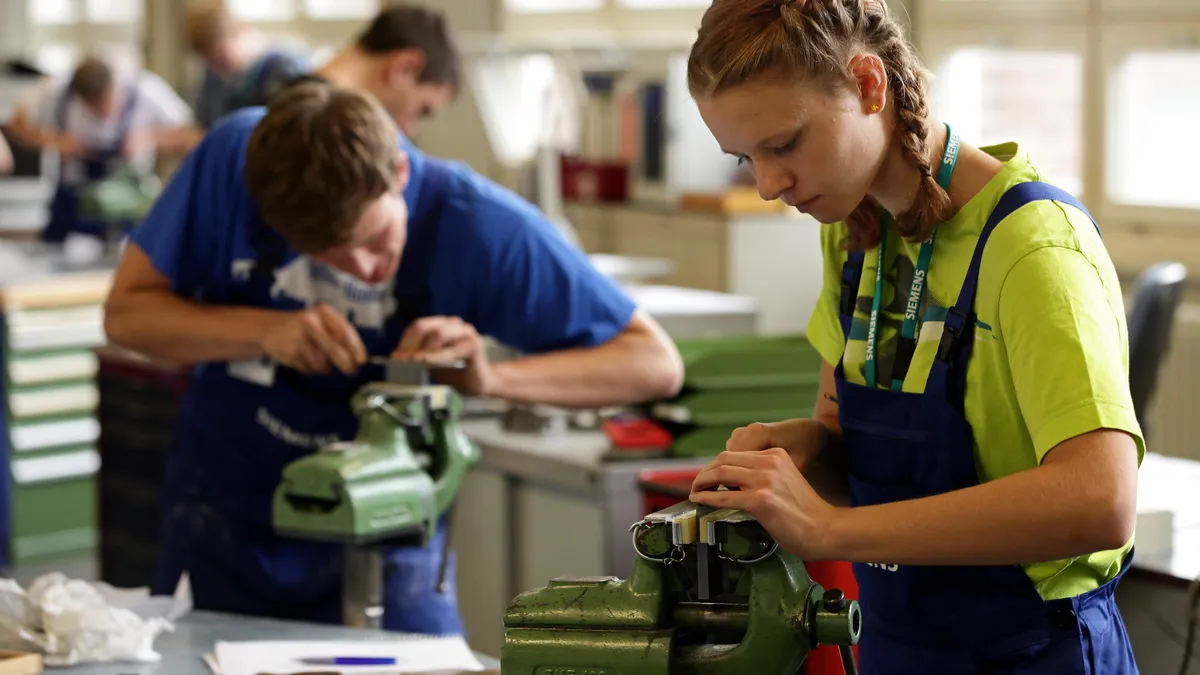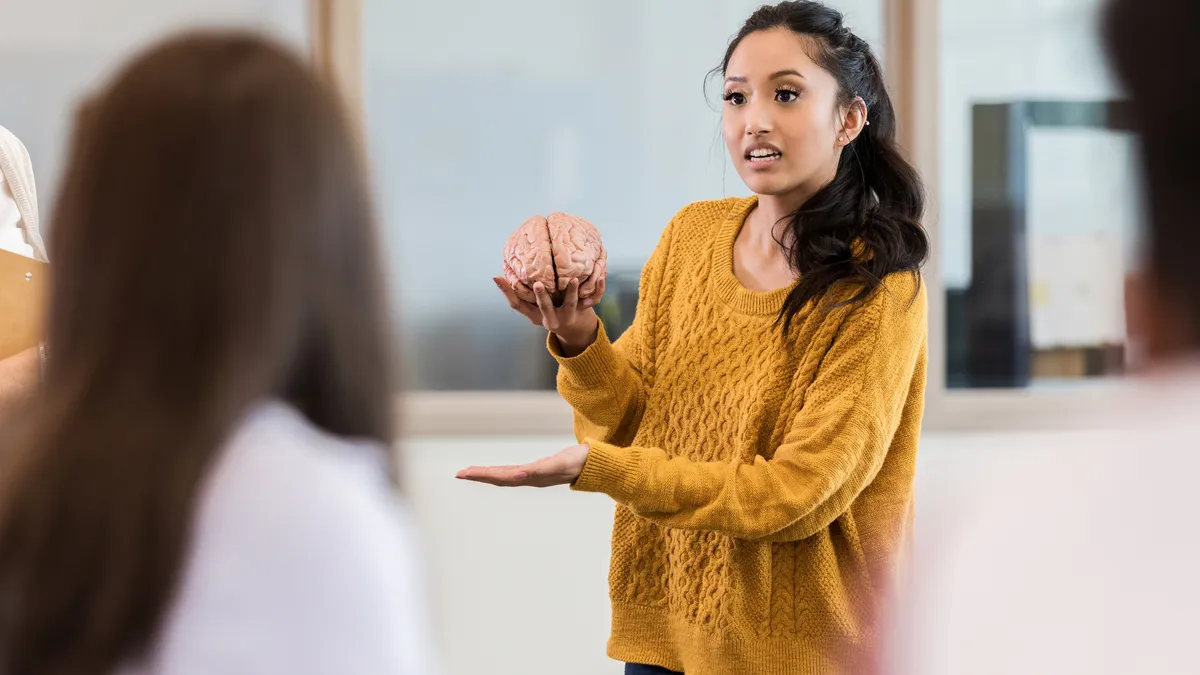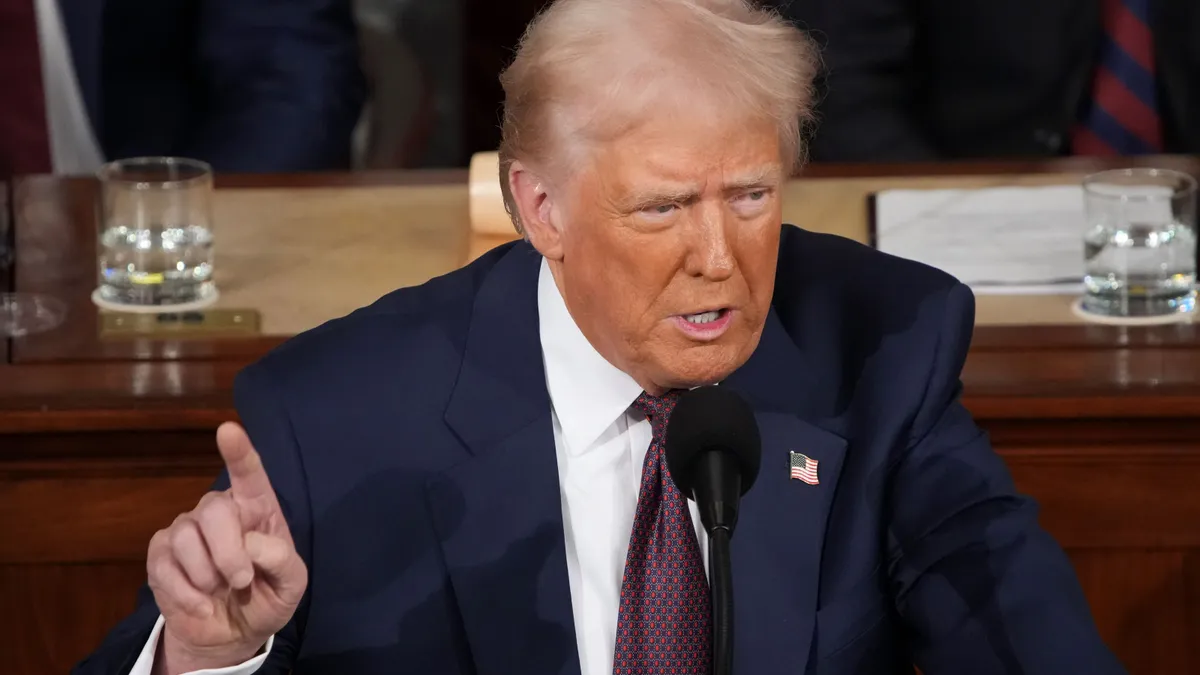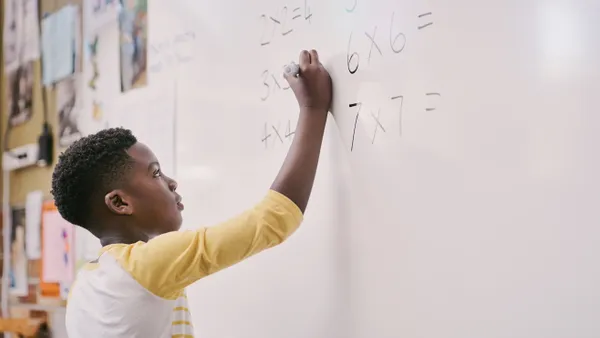Mike Gaskell is principal of Hammarskjold Middle School in East Brunswick, New Jersey.
If you have ever seen the movie "The Blindside," you can appreciate that given the right conditions, regardless of a child's upbringing, he or she can succeed beyond all expectations. The premise of this story is that a child faced with nightmarish circumstances was able to excel because, like so many children facing these circumstances, he possessed a beauty inside that was hidden until the right person took notice.
Schools can do the same, but we must be creative — even unconventional. That is the purpose of a program we began at my school, which has accomplished the goal of reaching children who do not receive the same opportunities as others. The results have been extraordinary, and as a result, I thought it was well worth sharing, because it is something that any school with the desire to do so can reproduce in any school community.
To understand how this powerful program works so effectively, coupled with its simplicity, know that it's a program that is not only reproducible but works far better than any expensive outsourced or commercial programs. I discovered when the town’s preschool program was unexpectedly moved to my middle school that I could utilize existing resources to help children in troubling circumstances. The evolution of how we ended up utilizing this is compelling and made a substantial impact on my school community.
In a principal's day-to-day work, the challenges can be daunting. Yet add a new wrinkle, and many of us understandably feel the urge to run away. Here was my challenge: I was given days to find a solution to a problem I did not create, a location in my school to house 200 preschoolers alongside 1,400 middle school students.
This resulted from an exploding population of new families in our school district. The smaller elementary schools could no longer house our preschool program. It is human nature to feel angry. "Why me? Why now?" Feeling this was insurmountable, I even considered leaving my beloved school. Then something magical happened: summer.
Summers have always been a time to reset and reflect, providing educators the opportunity to explore ways to make schools better. This occurred when I thought of the overwhelming changes I was confronted with. I believe in making lemonade out of lemons, especially when it helps kids.
The Blindside Project
In "The Blindside," a family adopts high-school-aged homeless child Michael. They saw a kind, gentle child and the incredible potential that existed inside him — potential that was ignored because he was, after all, from the wrong side of the tracks.
This tragedy repeats in stories of children deprived and unloved, left against all odds. It is no wonder they find attention in the only way they know how, through negative consequences. And so begins the cycle of discipline, which results in “bigger problems for bigger kids,” often leading to dire consequences, dooming the forgotten child to a life of loss.
It doesn’t have to be this way, and we don’t need to spend inordinate money to solve the problem. That’s what we did at my school and it’s working, one child at a time.
The great thing about kids is they are sponges, ready to soak up anything. If the options are negative, though, that’s what they absorb. Reverse this by offering an option other than punishment that literally rewires their brains, propelling them to realize their potential through simple acts of kindness.
That’s where the preschoolers come in. You can put almost any older child in a room with a young child. That’s because they get love back. It’s that simple.
Chris' story
Chris was running for the 100th time. A teacher complained to me, “he needs consequences!” I said, “You’re right, we have something that might work.”
He was a big kid, nearly 6 feet tall, towering over peers and teachers alike. He had a nice smile, but teachers quickly saw past that, as he raced down the hall, yelling and causing bedlam. It was easy to see why teachers wanted action.
And they got it.
The idea: offer him a chance to read to preschoolers. Would he really go for that?
Teachers didn’t believe it. "He’s too much trouble. He’s too big. He’s too this and he’s too that." We offered the option and he smiled, shrugging, “sure.” He had to earn this with good behavior.
Chris was given books to select from. He took them home, reviewed each, and picked the book: "Pete the Cat." It was a story about believing in yourself. The irony was not lost on us adults, watching him read proudly, a giant smile no longer hidden by fear or expected disappointment. This was his moment.
The great thing about preschoolers is they are “blindsided” to assumptions. They do not see Chris as a large, intimidating, troubled presence. To them, he is a huggable, lovable young man sharing his time and offering a story they love to hear.
Chris has since returned to read holiday stories to the preschoolers. This program has quickly expanded, alongside donors who bought in. We are offering at-risk children the opportunity to join the "Middles to Littles" program and be appointed an accompanying t-shirt.
Teachers are looking at children like Chris differently. That is half the battle. If he runs a little too fast, or laughs a little too loud, they do not corner him and question his conduct. They virtually put an arm around him and talk to him about doing the right thing in a kind, even grandmotherly way. School climate has warmed, too.
The children added since Chris are responding incredibly well. They carry themselves in a less combative posture, expressing a sense of responsibility to something larger than themselves. This feeling of altruism has made it cool to care. That’s free advertising — a lot less expensive than adopting expensive commercial products.
If you don’t have a preschool program accessible to your school, you can bring the kids to you via video conference. Remember that this is virtually free, effective and, best of all, can be replicated anywhere.


